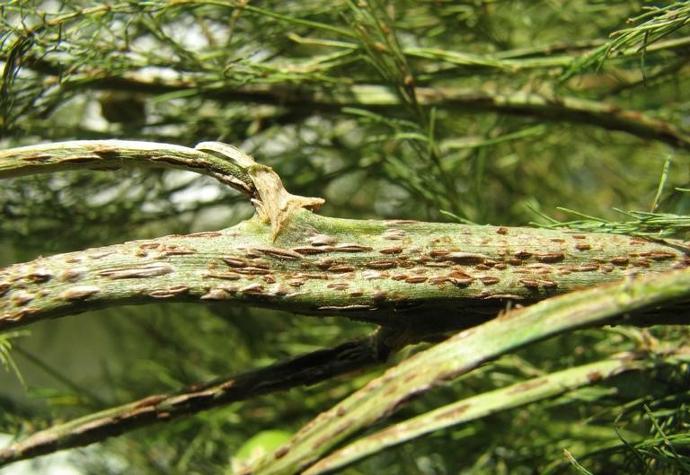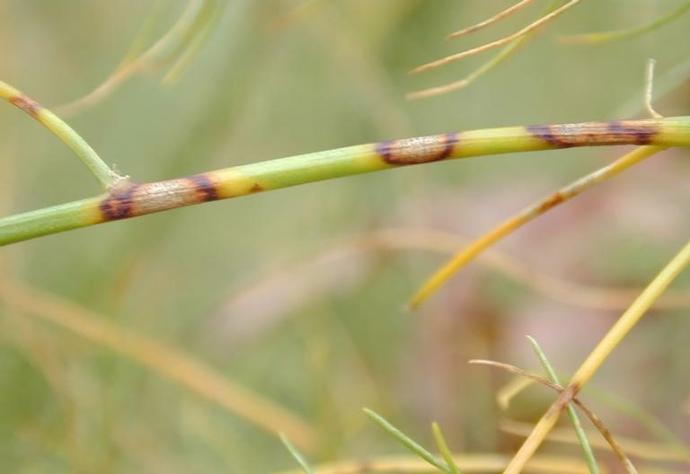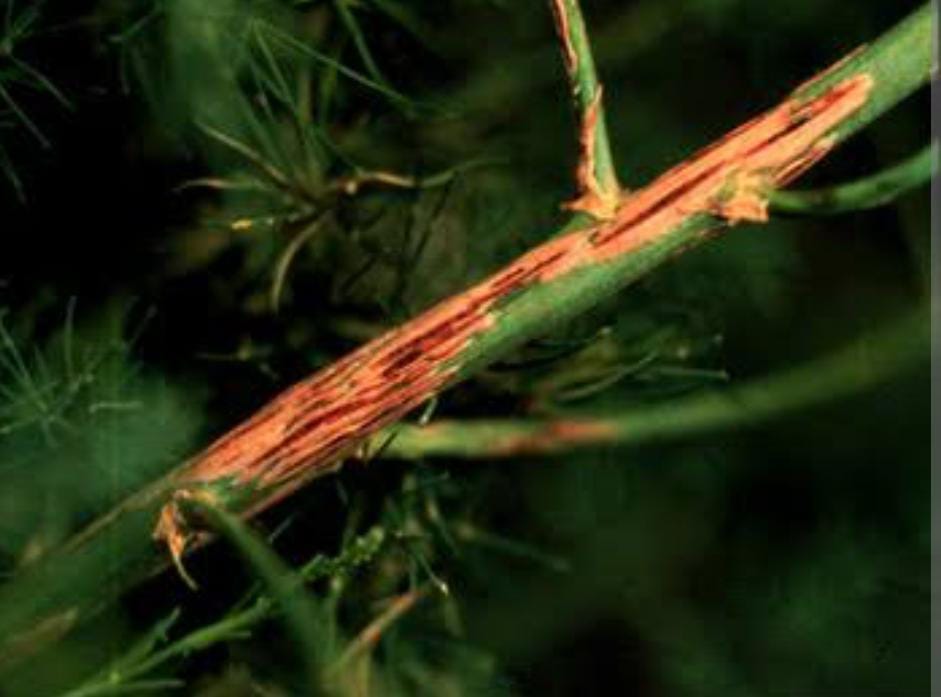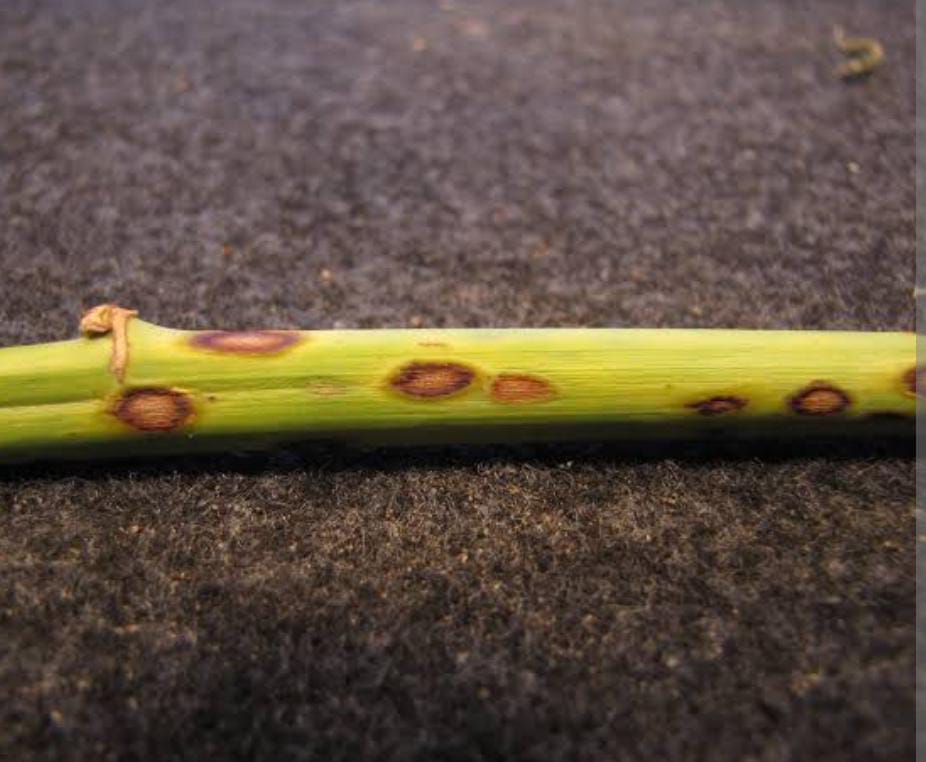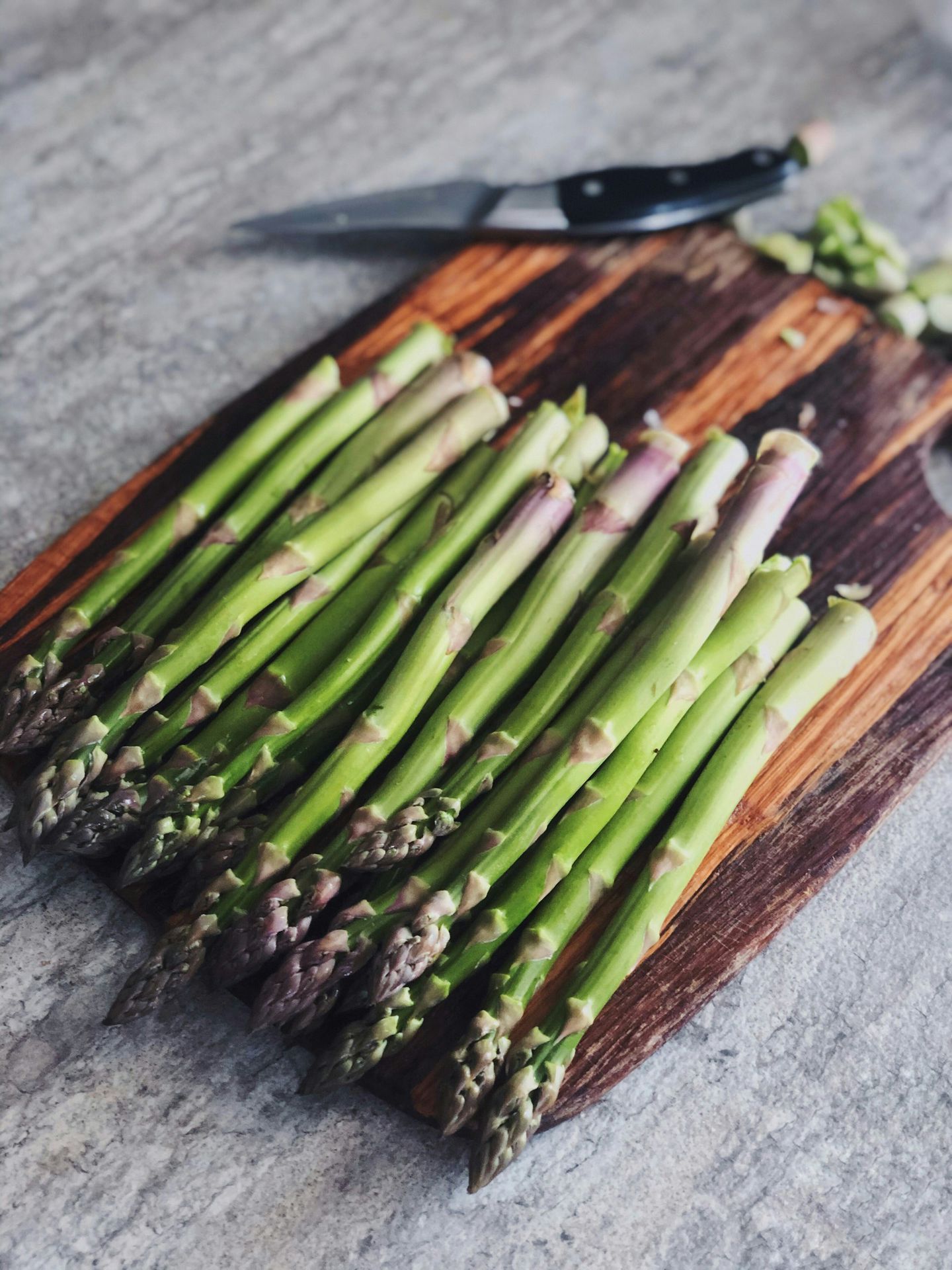Asparagus Plant
Asparagus is a perennial, 36-60 inches tall, and frost-tolerant. It prefers well-drained, sandy-loam soil in full sun. Keep the soil moist. Asparagus is edible and has medicinal properties.
Habit
Perennial
Height
1-1.5 m
Growth
Slow
Soil
Well Drained, Sandy-loam
Shade
Full Sun
Moisture
Moist
Edible
Yes
Medicinal
Yes
Origin
Europe, Asia
Climatic Condition
Temperate
Temperature (°)
15-25°C
Humidity (%)
60-70%
Potting media
Garden soil
Fertilizers
High in phosphorus
Watering
Regular watering; keep soil moist
Plant Weight
1-2 kg
Flowering Time
Spring
Soil Ph level
6.0 - 7.5
Water Ph level
6.0 - 7.0
Soil EC
Medium
Yield Per Plant
25 spears per year once it established
NPK ratio
10:10:10
life Span
Perennial
Health Benefits
Rich in vitamins A, C, and K; supports digestive health.
Suggested Grow Media or Potting Mix ?
50% loamy soil, 30% compost, 20% sand
Suggested Fertigation/Fertilizers
Fertilize in early spring with a balanced, slow-release fertilizer.
Common Diseases and Remedies
Rust , Cercospora Blight
Remove and burn the infected plant material and crop residue
HEALTH BENEFITS
· Rich in Nutrients – High in vitamins A, C, E, and K, as well as folate, which is essential for DNA synthesis and cell growth.
· Supports Digestive Health – Contains fiber, which promotes gut health and regular bowel movements.
· Antioxidant Properties – Packed with antioxidants like flavonoids and polyphenols that help fight oxidative stress and inflammation.
· May Aid in Weight Loss – Low in calories and high in water content, making it a great addition to a weight-loss diet.
· Heart Health – Folate and fiber contribute to cardiovascular health by reducing inflammation and cholesterol levels.
· Supports Brain Function – Folate and antioxidants may help protect against cognitive decline.
· Natural Diuretic – Helps flush out excess salt and fluid from the body, potentially reducing bloating and blood pressure.
· May Help Regulate Blood Sugar – Some studies suggest it can improve insulin sensitivity
What Is An Asparagus?
Asparagus crop refers to the cultivation of asparagus, a plant grown for its edible shoots. Asparagus is a member of the Liliaceae family and is native to Europe, North Africa and West Asia. It is a popular vegetable in many parts of the world, known for its unique taste and nutritional value.

What Are The Different Types Of Asparagus?
1. Green Asparagus:
It is the most common type of asparagus and can usually be found in grocery stores. Green asparagus has a small, slightly sweet taste and is often used in many dishes, including salads, stir-fries, and pasta.
2. Purple Asparagus:
Purple asparagus is a fresh variety and has a sweeter, tangier flavor than green asparagus. It also has a higher sugar content and is often used in candies and other desserts.
3. White Asparagus:
White asparagus grows in soil and is covered with soil to prevent it from turning green. It has a milder flavor than green asparagus and is often used in soups and other dishes that do not affect its color.
4. Wild Asparagus:
Wild Asparagus is a small, slender species that usually grows in the wild. It has a stronger flavor than asparagus and is often used in salads and other dishes to accentuate its flavor.
.5 Purple Passion Asparagus:
It is a hybrid of green and purple asparagus. It has a sweet and nutty taste and is often used in salads and other dishes where its color is attractive.
How to care for asparagus plants?
Location
* Water *: Asparagus plants need constant moisture, especially during the growing season. Choose a location where there is water, such as a nearby water pipe or drain.Space: Since asparagus plants will spread over time, it is important to have enough space to grow. Plant them at least 18 inches apart and in rows 3 to 4 feet apart.
Wind Resistance *: Asparagus plants are wind resistant, especially when young. Choose a location protected from wind, such as near a fence or house.
Weed Control: Asparagus plants are susceptible to competition from weeds. Choose a weed-free location and plan to weed regularly to keep the area around your plants clean.
Sunlight
Asparagus plants need sunlight to grow and produce good crops. Full sun means at least 6 to 8 hours of direct sunlight per day. In areas with hot summers, getting some shade in the evenings can help prevent plants from overheating. However, in cold climates, adequate sunlight is essential for optimum growth and production.
Soil
Asparagus plants like well-drained, sandy loam soils with a pH of 6.5 and 7.5. Sandy loam is a mixture of sand, silt and clay that provides good drainage while retaining water and nutrients.
Asparagus plants need constant water to thrive, especially during the growing season. Some tips for watering asparagus plants:
1. Watering Frequency: Water your asparagus plants deeply once or twice a week, depending on the weather and soil. The goal is to keep the soil moist but not waterlogged.
2. Watering Depth: Since the roots of asparagus plants are deep, it is important to water deeply for root development. Water the plants until the soil is moist to a depth of at least 6 to 8 inches.
3. Avoid overwatering: Asparagus plants do not like growing in waterlogged soil, so it is important not to overwater. Allow the soil to dry slightly between waterings to prevent root rot
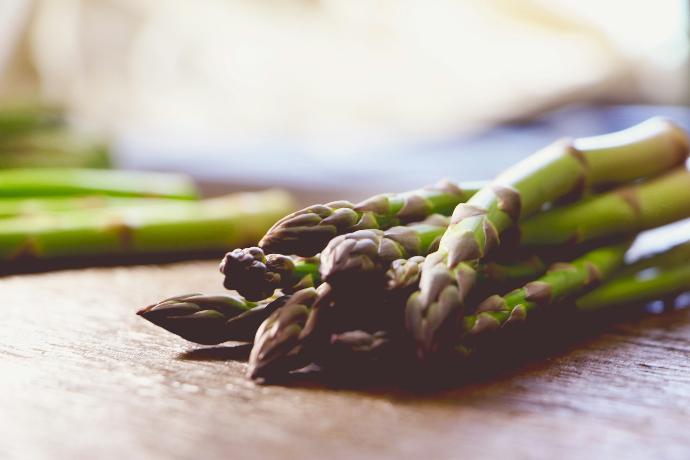
Nourishment
Asparagus plants need regular fertilization to provide the nutrients they need to grow and produce a good harvest. Some tips for caring for asparagus plants:
1. Fertilizer*: Asparagus plants eat a lot and need a lot of nutrients to grow well. Apply a balanced fertilizer, such as a 10-10-10 or 5-10-10 formula, according to manufacturer's instructions before planting. Apply the fertilizer evenly to the planting area and soak it into the soil.
2. * Top dressing *: The following year, before the spear arrives in spring, fill the soil around the plant with compost or old manure. This will ensure a slow release of nutrients throughout the growing season.
Issues
1. Pests and Diseases*: Asparagus plants are affected by diseases such as asparagus beetles, aphids and cutworms. Diseases such as Fusarium wilt, rust and root rot can also affect them.
2. Soil and water flow*: Asparagus plants like well-drained sandy loam soil with a pH between 6.5 and 7.5. If the soil is too heavy or compacted, it can cause poor drainage and root rot.
3. * Watering *: Asparagus plants need good moisture, especially during the growing season. Problems can occur due to overwatering or underwatering.
4. Sunlight*: Asparagus plants need full sun for a good harvest. If they do not receive enough sunlight, they will produce fewer spears or become more susceptible to disease and illness.
What are the benefits of asparagus?
1. Nutritional value*: Asparagus is a healthy, low-calorie, vitamin- and mineral-rich vegetable. It is a good source of vitamins A, C, E and K, as well as folate, iron and potassium.
2. Antioxidants*: Asparagus is rich in antioxidants that help protect the body from damage caused by free radicals. Antioxidants may help reduce the risk of chronic diseases such as heart disease, cancer and diabetes.
3. Digestive health*: Asparagus contains a lot of fiber, which helps digestion and prevents constipation. It also contains prebiotics, which are compounds that nourish the good bacteria in your gut.
4. weight loss*: Asparagus is low in calories and high in fiber; This may help with weight loss by promoting feelings of fullness and reducing calorie intake.
FAQ'S about growing asparagus plants?
1. How to maintain for asparagus plants?
Caring for asparagus plants consists of several important steps
1. Watering
2. Fertilization
3. Mulch
4.wedge control
5. Harvest
6. Pest Control
2. What are the uses of the asparagus plant?
The asparagus plant has many uses, including food and medicine:
1. Use in cooking
2. Medical Use
3. Nutritional value
4.Flavor
3. Can I grow asparagus at home?
Yes, you can grow asparagus at home, but this requires paying attention to the needs of the plant and providing a good environment. Here are some tips for growing asparagus indoors:
1. Choose the right variety
2. Provide adequate light
3. Use a large container
4. Use a good potting mix specifically designed for planting.
5. Water regularly
4. What is the best pot for growing asparagus?
When choosing a pot for growing asparagus, it is important to choose a container large enough to accommodate the plant's deep root system and provide sufficient water. Here are some tips for choosing the best pot for growing asparagus:
1. Size
2. Material
3. Drain
4. Weight
5. Color
5. Where to buy asparagus plants
You can purchase asparagus plants from a variety of places, including:
1. Local Garden Centers and Nurseries
2. Online stores
3. Specialty Plant Catalogs
4. Local Farmers Market
5. Garden Shows and Plant Sales
6. Friends and family
